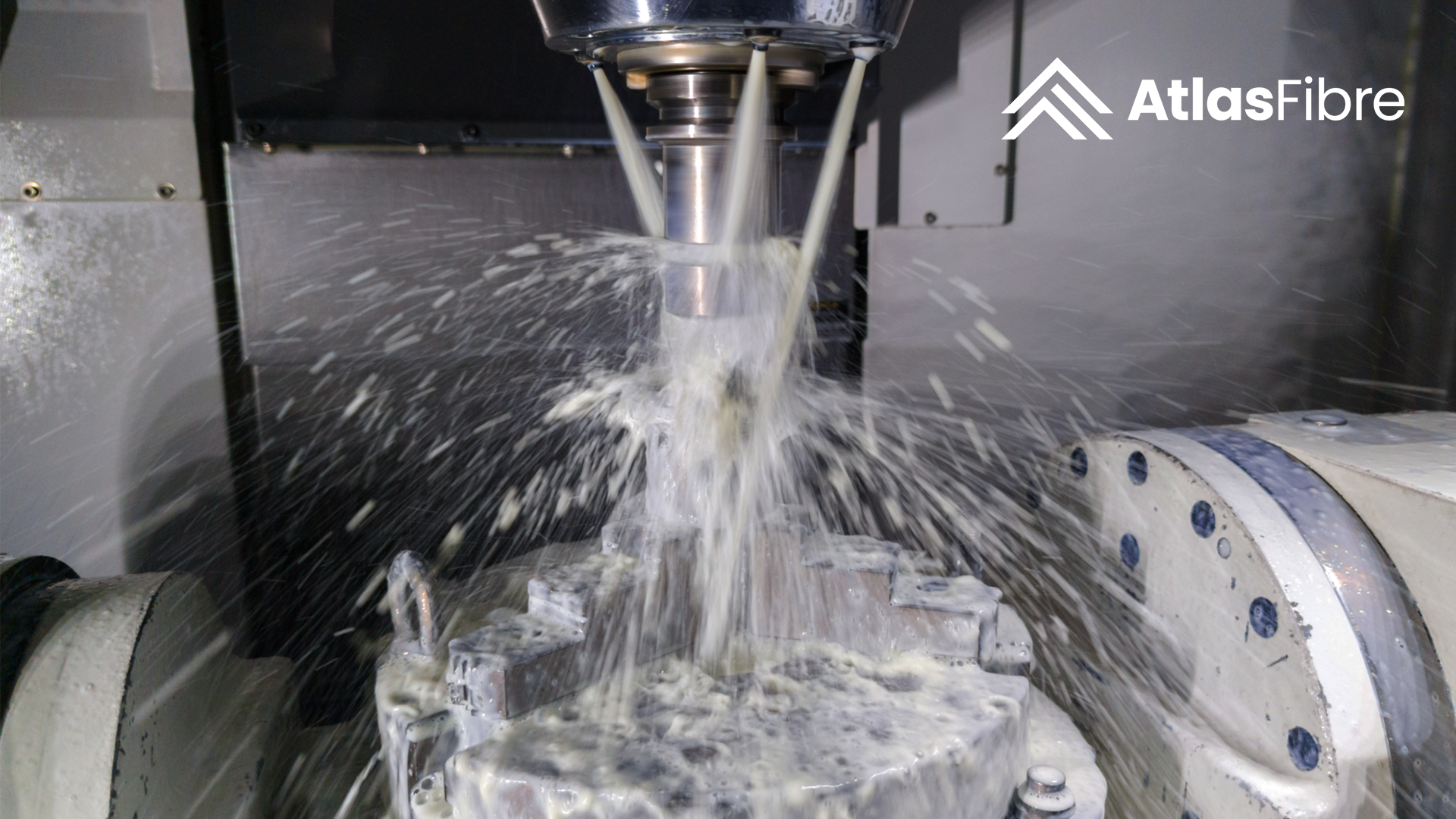
Discover the Advantages and Challenges of Thermoset Machining and the Important Role of Tool Geometry
Machinability is a critical consideration in manufacturing, defining how easily a material can be shaped while maintaining quality. This article explores the complexities of machining thermoset composites, emphasizing the pivotal role of tool geometry.
Key Aspects of Machinability
Machinability encompasses factors like cutting ease, speed, and surface finish quality, crucial for material scientists and engineers alike. Thermoset composites pose unique challenges due to their intricate structure and diverse material properties.
Factors Influencing Machinability
Material properties such as hardness, tensile strength, thermal conductivity, and chemical composition significantly impact machinability. Equally important are microstructural elements like grain size and fiber arrangement, influenced by processes like heat treatment.
Tool Geometry: Critical for Machining Thermoset Composites
Tool geometry plays a vital role in optimizing the machining process for thermoset composites:
- Rake Angle: A positive rake angle minimizes cutting forces and delamination, facilitating efficient chip evacuation.
- Clearance Angle: Proper clearance prevents friction-induced heat, crucial to maintaining material integrity and surface finish.
- Cutting Edge Radius: A sharp edge reduces fiber pull-out and delamination, ensuring clean cuts in composite materials.
- Helix Angle: Essential in drilling operations, the helix angle reduces fiber pull-out and ensures thorough cutting in composite structures.
Optimizing Tool Design
Tailored tool designs consider composite-specific challenges like compression-induced fracture and matrix shearing. Material-specific geometries cater to variations in fiber types and orientations, ensuring efficient machining and extended tool life.
Measuring Machinability
Machinability ratings compare a material’s ease of machining against a standard (often AISI B1112 steel), aiding in material selection and process optimization.
Understanding and optimizing machinability is essential in selecting materials, refining manufacturing processes, and controlling costs across engineering sectors. By leveraging advanced tool geometries, engineers can effectively navigate the intricacies of machining thermoset composites, ensuring both efficiency and quality.
